The Power of Connotation in Picture Books
When your manuscript is 500 words or less, a carefully-chosen word can carry both emotional weight and contextual clarity.


Today’s post is by author, editor, and coach Chelsea Tornetto.
Like many authors, I’m a bit of a word nerd. And one of my favorite writing topics is the power of a word’s connotation.
First, a quick refresher:
- Denotation is the literal definition of a word.
- Connotation is the idea or feeling that a word invokes beyond its denotation.
In other words (pun intended), “grin” and “smirk” might both mean “to smile,” but one of them has a decidedly negative connotation. If someone is smirking at me, it means they are acting conceited and self-satisfied, like they are better than me somehow. Not cool.
If someone tells me that my style is “unique,” I’m flattered. But if someone tells me my style is “different” or “weird?” Umm, excuse me?
A real estate agent might describe an apartment as “cozy” or “efficient” when I’d just call it “tiny.” Here’s a chart with a few more examples of words that have a positive, neutral, and negative connotation. Take a look and think about how each word might change the emotional reaction of the reader. Do you agree with the chart? Or are there some words you associate with a different connotation?

As an author, I love how the connotation of a single word can impact the feeling of an entire sentence, and I love the challenge of finding just the right word. This is especially important because I write picture books!
Why is connotation so powerful in picture books?
Little readers have big emotions
Consider these four sentences:
- The dog charged across the yard.
- The dog galloped across the yard.
- The dog loped across the yard.
- The dog bounced across the yard.
The first line probably made you a little nervous. “Charged” calls to mind images of a dog attacking someone or something. It has an aggressive connotation whereas “bounced” or “loped” sound playful and lighthearted. “Galloped” still sounds fast, but not in an aggressive or dangerous way, like “charged.”
The words you choose can be critical in creating the emotional reaction you want in your reader. And we have to be careful, because little kids can have big feelings!
A five year old may not understand why they feel uncomfortable when they hear the word “charged,” but they do! If you want them to feel a bit scared in that moment of the story, then great! But if not, you’ve just put your reader on edge for no good reason.
If you’re writing a bedtime book, this sentence will make your reader feel cozy and safe:
She tucked him in and turned off the light.
While this one feels a little cold:
She covered him up and turned off the light.
This one might make your reader feel anxious and scared:
Louie the Lightning Bug felt a hand snatch him out of the air.
While this one feels less threatening:
Louie the Lightning Bug felt a hand scoop him out of the air.
When you are a picture book writer, the emotions of your reader are right there in your hands. So choose each word wisely.
Low word count means each word counts
The recommended length for a picture book manuscript is usually around 500 words. (Or less!) But despite the short overall length, picture books still have to provide a well-plotted story arc and elicit a strong emotional response from the reader.
Because there are so few words to work with, each one has to be chosen carefully to make the biggest impact. Being aware of connotation can help a picture book author communicate what they’re trying to say more clearly and with fewer words.
So, instead of saying,
He left the cake in the oven for too long, and when he finally took it out, it was burnt. There was no way he could take it to the party. He tried not to cry.
We might say,
He left the cake in the oven for too long, and when he finally took it out…it was ruined! He tried not to cry.
When you’re talking about cake, the words “burnt” and “ruined” have very similar denotations. They indicate that the cake is not edible for one reason or another. But using the word “ruined” gives us a clue about how the character is feeling; it implies tragedy and we immediately assume that he can’t take it to the party. That added connotation allows us to cut an entire line from the text.
One carefully chosen word provides more emotional information to the reader, and saves us words/length.
Connotation can impact the voice or tone of a story
While writing my recently released picture book, Seasons on the Farm, I often found myself playing with word choice specifically because one word had a more playful or kid-friendly connotation than others, and better matched my writing voice.
Take the first verse for example. It originally read:
Barren trees sprout budding leaves.
Melting snow drips from the eaves.
Sheep are sheared, and horses roll.
Robins swallow earthworms whole.
But, remembering that my audience is 5–8 year olds, and considering connotation, I made two changes. Here’s the new version:
Barren trees sprout budding leaves.
Melting snow drip-drops from eaves.
Sheep get haircuts, horses roll.
Robins swallow earthworms whole.
The changes seem minor at first glance, because they have the same denotation, but they make all the difference in terms of how approachable the text is to a child.
“Drips” and “drip-drops” both mean the same thing. But the alliteration of “drip-drops” is more playful. And while “shearing” might be more accurate when talking about sheep, “haircut” conveys the same thing, but in a much more kid-friendly voice.
Another great example of this that I often see in picture books, is the choice to use “Mom,” “Mother,” “Mommy” or some other name for the matriarch of a story.
They all have the same denotation, but “Mother” sounds formal and old-fashioned, while “Mom” sounds casual and modern, and “Mommy” implies the speaker is younger, or perhaps evokes more affection. Each of the potential choices can impact the voice and how the reader perceives the story.
Warning: Connotation can be subjective
One tricky thing about connotation is that different readers can have different perceptions when it comes to the feeling a certain word evokes. These differences in the perceived meaning of a word can be due to the reader’s cultural background, how much or what type of reading they do in their daily life, what situations they’ve encountered a word in, and most importantly for picture book writers, the age of the reader. So, picture book authors have to think like a kid.
For example, I once read a manuscript that described the main character “standing in the corner of a room.” On a hunch, I read it to my then 6 year old. My suspicions were confirmed when he immediately asked, “Why is he in trouble?”
The character wasn’t in trouble. But for kids, the phrase “standing in the corner” has a very negative connotation. And that phrase wasn’t essential to the scene anyway. So the author cut it, and in the process, avoided confusion and reduced their word count. (Score!)
But if connotation is subjective, how can you make sure you’re using the best word?
The sometimes subjective nature of connotation is just one reason why having good critique partners and beta readers is so critical for writers. If you share a manuscript with a critique group and 4 out of 5 of them understand a word to have a negative connotation, that’s something you need to take seriously. If it’s just 1 person, maybe not. But either way, it’s important to take the time to consider how each word in your manuscript is going to make the reader feel.
The bottom line
Connotation is a subtle yet critical part of the writing and editing process. In any manuscript—but particularly in picture books—choosing the perfect word with the right connotation can transform a piece from a simple story to a work of art. So whether you’re trying to tug on your reader’s heartstrings, develop a unique voice or just reduce your word count, consider connotation and make every word count!






















![Clicks Don’t Pay the Bills: Use This Audit Framework To Prove Content Revenue [Mozcon 2025 Speaker Series]](https://moz.com/images/blog/banners/Mozcon2025_SpeakerBlogHeader_1180x400_Hellen_London.png?auto=compress,format&fit=crop&dm=1747758249&s=9f3c5b1b7421f862beace1cb513053bb#)



![How To Create an Integrated Strategy That Increases Brand Mentions and Visibility [Mozcon 2025 Speaker Series]](https://moz.com/images/blog/banners/Mozcon2025_SpeakerBlogHeader_1180x400_JamesH_London.png?auto=compress,format&fit=crop&dm=1747780409&s=9bf9f0a2623b4a8be6eaf8f235115505#)

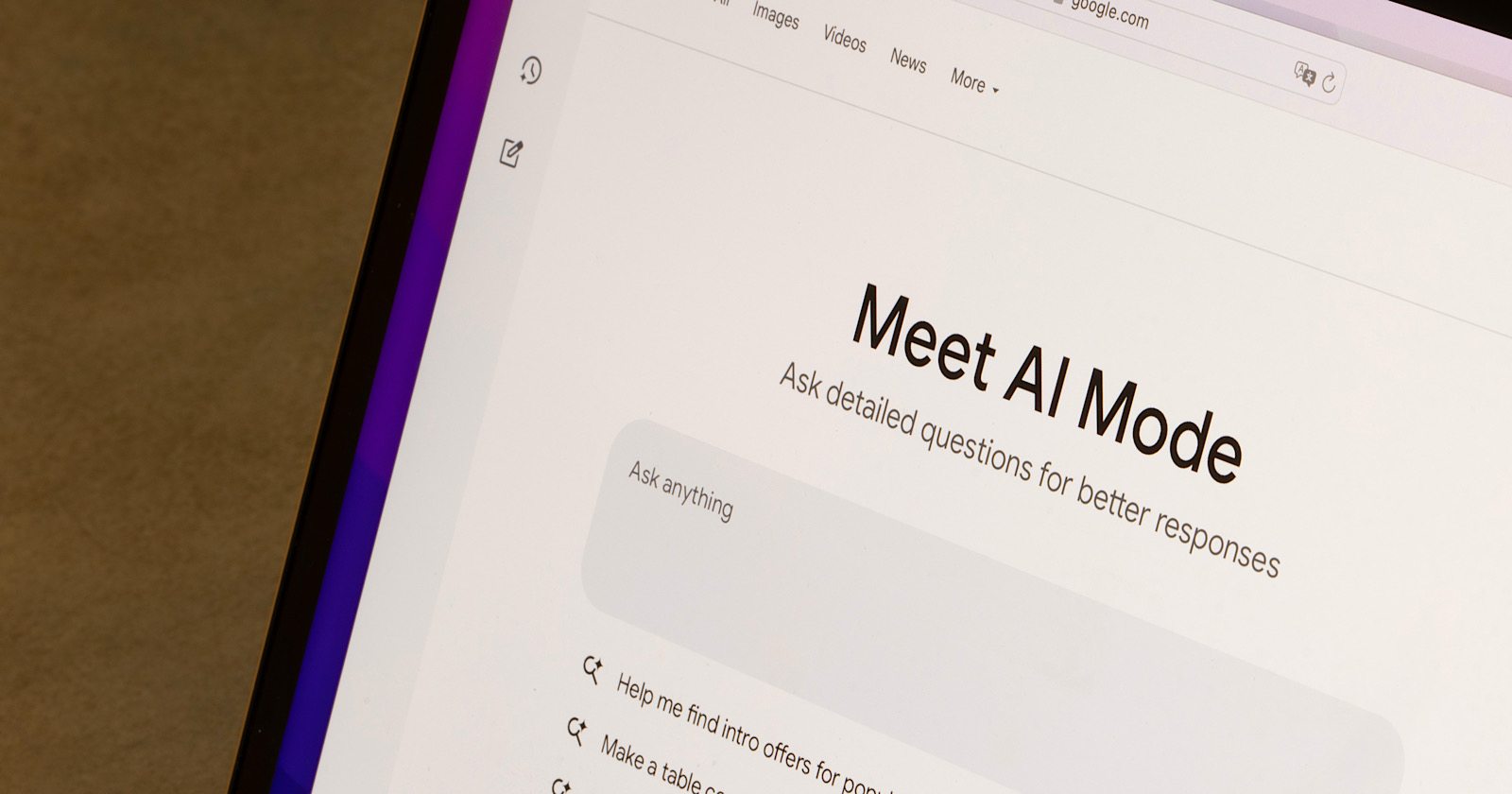









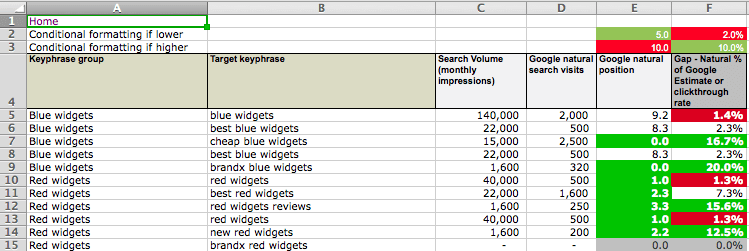
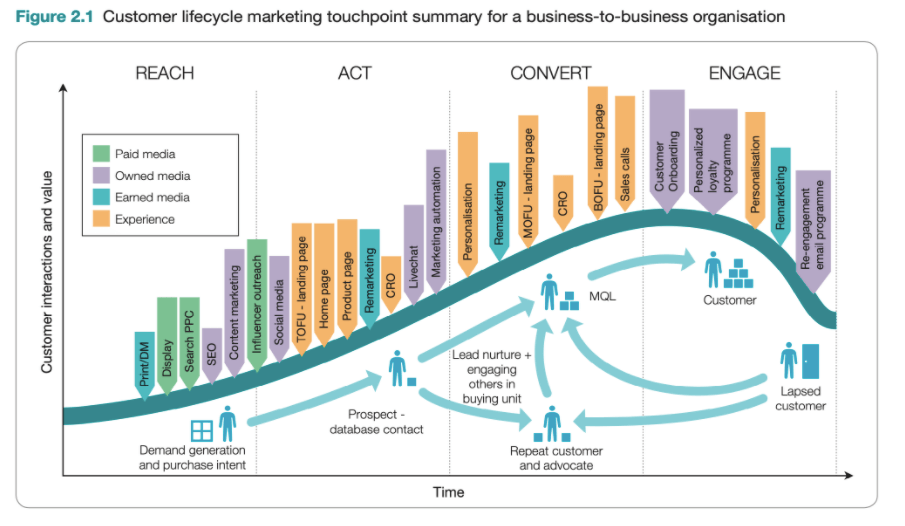











![The 11 Best Landing Page Builder Software Tools [2025]](https://www.growthmarketingpro.com/wp-content/uploads/2024/04/best-landing-page-software-hero-image-1024x618.png?#)

































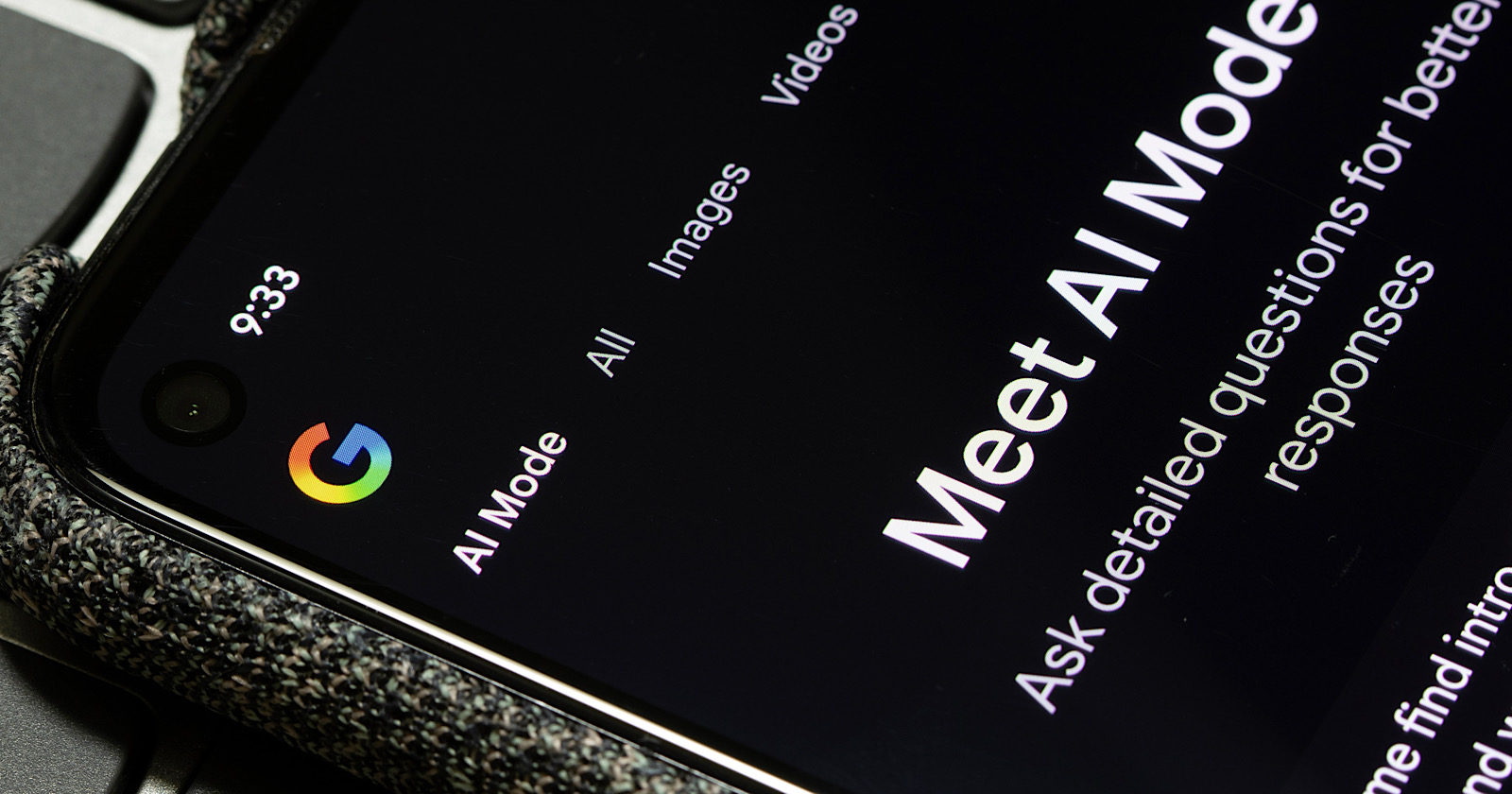




![Last Click Attribution is Dead: Here’s How to Fix it [MozCon 2025 Speaker Series]](https://moz.com/images/blog/banners/Mozcon2025-Speaker-Blog-Header-1180x400_Luke-Carthy-London.png?auto=compress,format&fit=crop&dm=1747731954&s=0a7dbe2a99e197778e464aff2b463e05#)













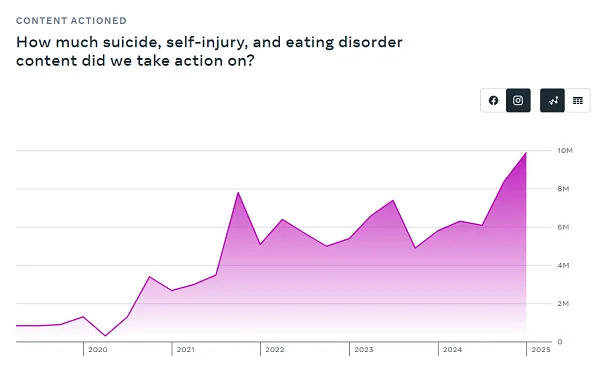














![How marketers are navigating a possible recession (and advice about what you should do during it) [new data]](https://www.hubspot.com/hubfs/image12-May-27-2025-02-18-19-8390-AM.png)



















